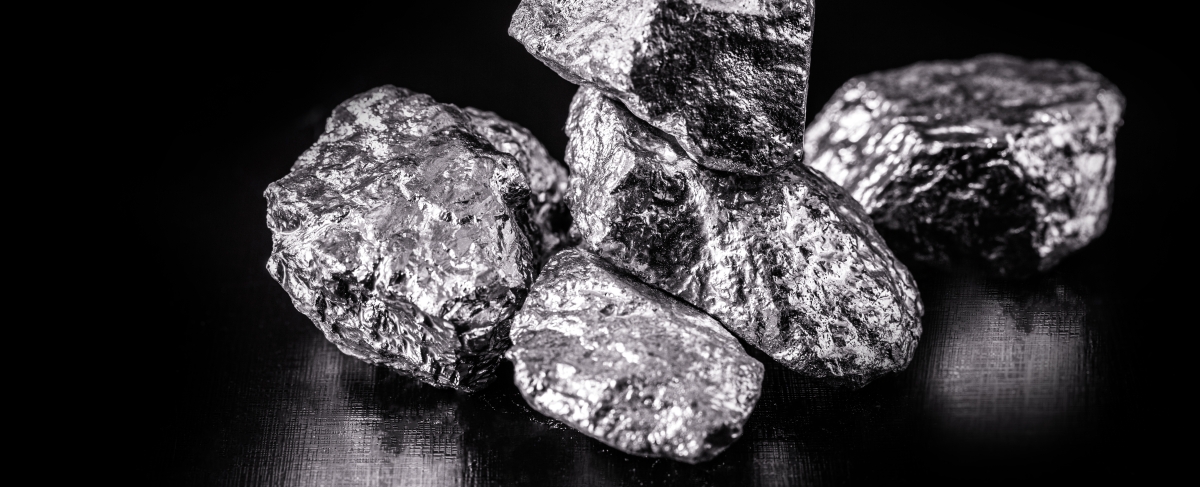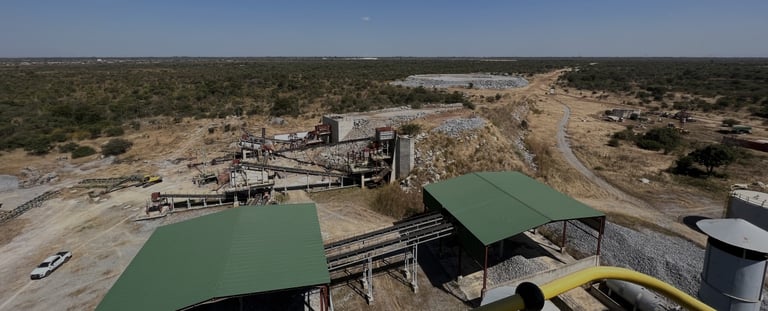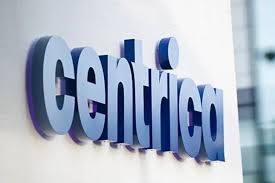Firering Strategic Minerals plc (LON:FRG) Independent Non-Executive Director Vassilios Carellas caught up with DirectorsTalk for an exclusive interview to discuss their compelling investment case, upcoming news flow, future milestones for Limeco, future prospects and market opportunities.
Q1: First off, could you just summarise for us the compelling investment case in Firering Strategic Minerals?
A1: What we’re investing in is a fully constructed, permitted quicklime plant with an associated resource to go with the quicklime plant. It’s a project that has had a historical spend of over $100 million to put it together. It went through a commissioning phase, but never really operate so they’ve only run one kiln for a period of three months or six months before it was put on care and maintenance.
We’ve got an agreement and an option to acquire 45% of something that is currently generating revenue. It’s about to scale up once we get the kilns going later on this year and its debt-free.
Q2: Can you tell us about what’s currently happening on the ground and what news flow investors can expect in the coming months?
A2: We had first sight of this project about two years ago and literally, it was post-Indaba the year before, where we physically went out to site and decided that this was something we wanted to do.
The project itself, as I said, has been through a commissioning phase. It had a whole lot of bottlenecks identified and we have now been in the process of working our way through some of the issues that they faced at the time. We’re now in the process of getting that whole operation going.
So, as things stand on the ground, we’ve actually just replaced the main crusher so we’ve got installed capacity to crush roughly 300 tonnes per hour of limestone per day, and we’ve actually changed the crusher so the new crusher actually produces a better sized product, to go into the kilns.
One of the big changes we’re doing is the way we fire up the kilns. So, we’re converting that from heavy fuel oil to coal gasification and that will enable us to produce a much better spec product.
As I said, we are currently generating revenue, we are crushing material on site, aggregating and selling it at the gate, we’ve been doing that since October 2003. With that in mind, with that sort of revenue, and also some rentals that we’re getting in, that’s effectively covering the burn on the ground of everything that we’re doing.
So, it’s generating revenue at the moment but once we start getting the kilns going, that’s when serious revenue gets going, once all eight kilns are going on an annualised basis, you’re looking at revenue of well over $30/$35 million.
Q3: What future milestones lay ahead for Limeco, apart from the current setup?
A3: We have a resource of 74 million tonnes of limestone, we’re in the process of picking up more ground, which will effectively double the resource, but even on the current resource base, we have that 30-year mine life.
Quicklime is used in the copper industry in Zambia, as well as in the DRC, and it’s in deficit in both countries so there’s definitely scale to potentially add more kilns to increase revenue.
There’s also a cement plant on site sitting in containers. The foundations have been laid but the cement plant itself is sitting in containers. Again, there’s no capital associated or very little capital associated with putting that together. Instead of selling aggregate at the gate for $6 a tonne, if you get that cement plant going, you’re looking at probably selling cement close to $140 a tonne.
So, that there potentially has another sort of potential $20-odd million on an annualised basis to the bottom line in terms of revenue.
Q4: You mentioned earlier the agreement that’s in place. Can you just give us a little bit of background into how an exploration junior such as Firering Strategic Minerals manages to secure an agreement and an option to acquire a major stake in a near-term revenue business?
A4: Yes, that is unique. It’s quite opportunistic. I should really wind back a little bit.
The controlling shareholder group in Firering, which makes up about 20-25% of the company, which includes the chairman, Mr. Youval Rasin, are the largest quicklime producers in Israel.
So, this opportunity came about by an Israeli construction group/development group who have no experience in mining or quicklime, who managed to secure the asset initially, going to Israel and meeting up with our shareholder group and asking them for assistance.
When that group came out and had a look at the plant and the facility, they decided that apart from giving assistance, it would be good for us to become shareholders in this and it’d be a good opportunity for Firering, which was set up as the mining business in Africa for the group, to actually acquire.
So, opportunistic and basically being at the right place at the right time and also having the expertise, although not directly in-house, but certainly associated expertise through the family network in Israel.
Q5: Which other quicklime projects are kicking about?
A5: Not many. I guess the main one which probably everyone will recognise is one that listed last year, SigmaRoc, which is effectively an industrial minerals company with a big chunk of that being quicklime, and I think that was the largest IPO last year, if I’m not mistaken.
And then probably Blue Vision, I think it’s called, Sir Mick Davis. They’ve invested in a pre-production quicklime project in Papua New Guinea, which is effectively slightly bigger than ours. It’s going to be slightly bigger than ours, but still needs $150 odd million capex spent to put it together.






































